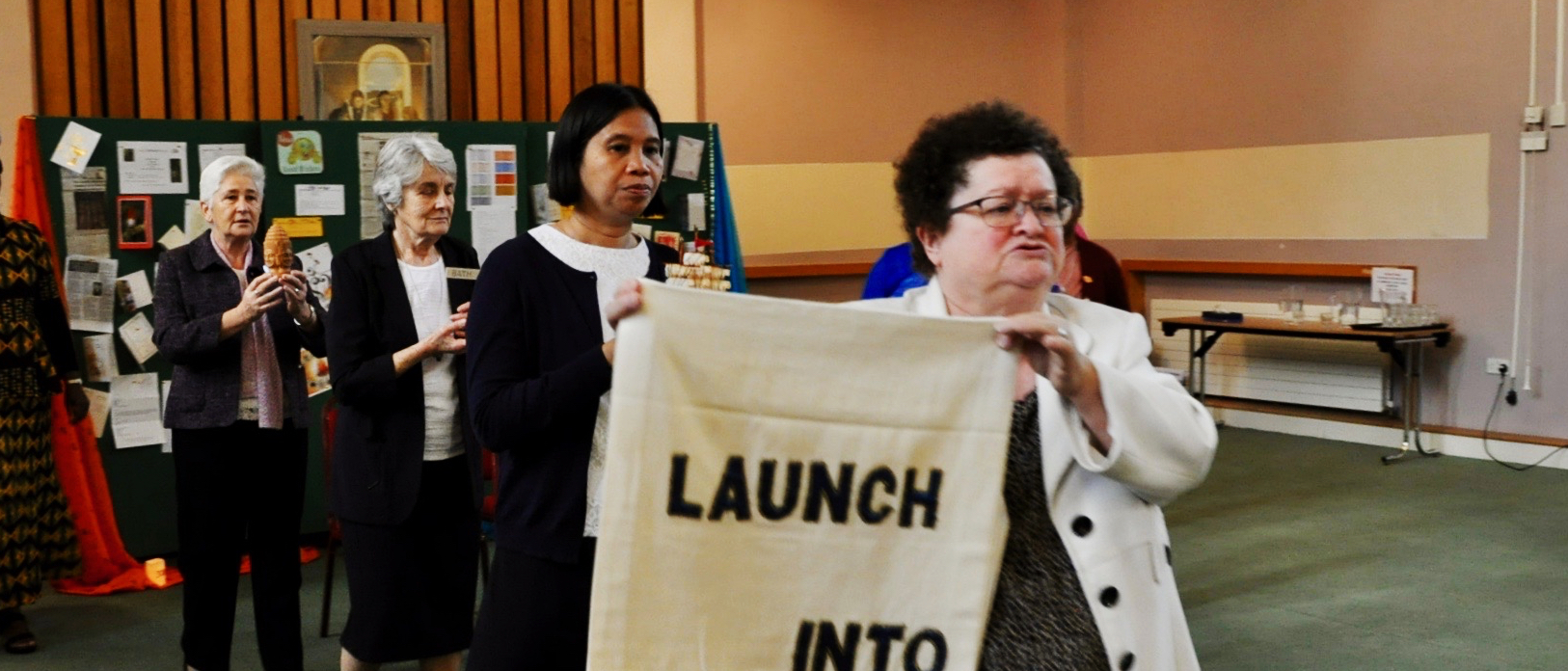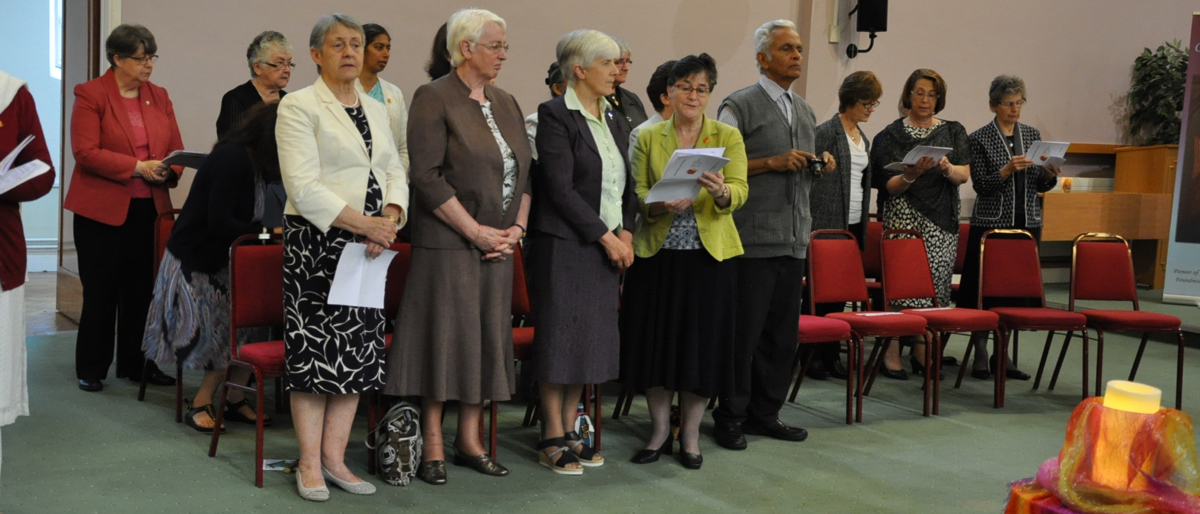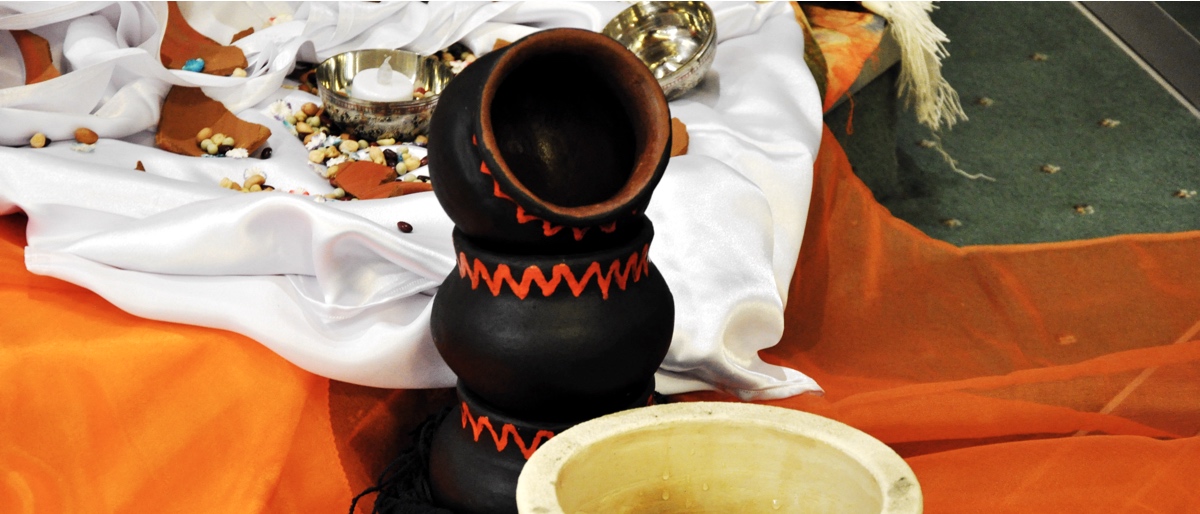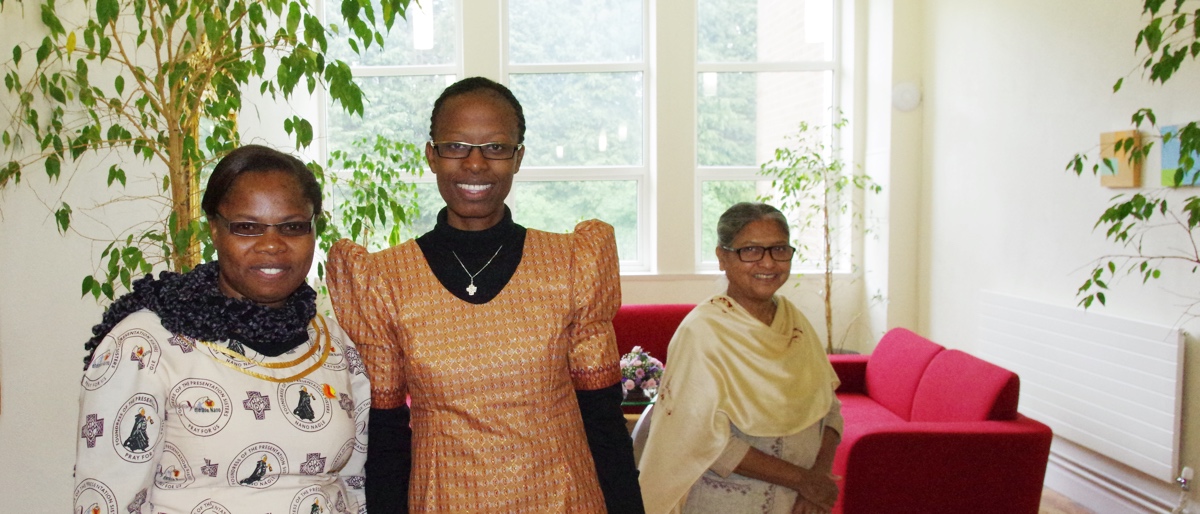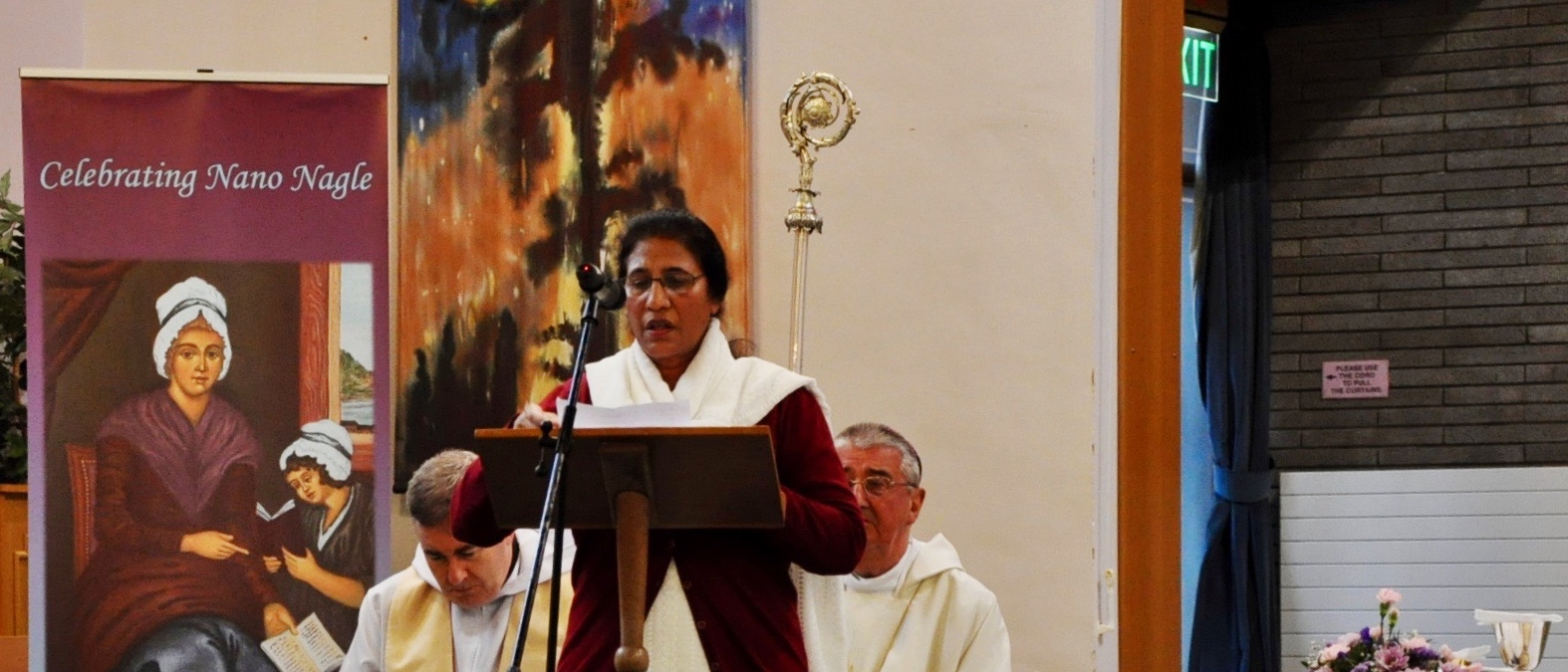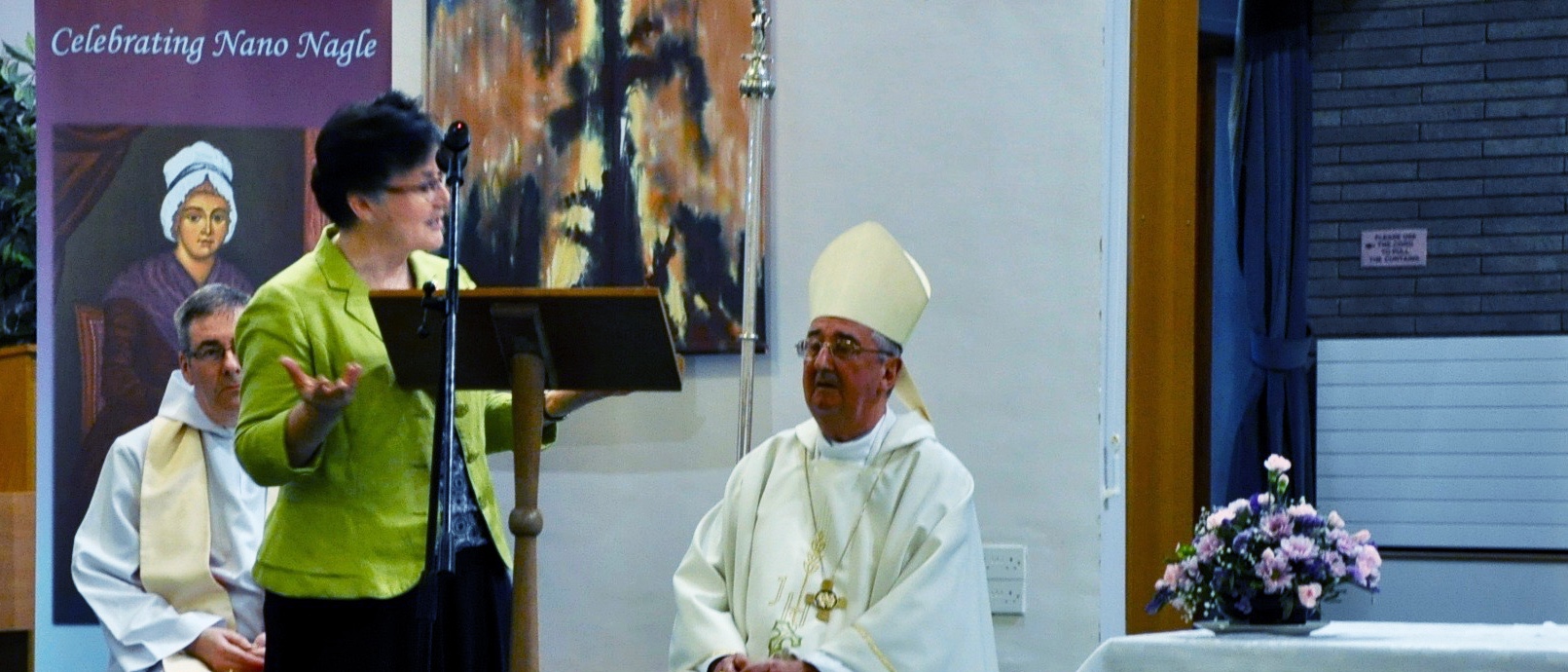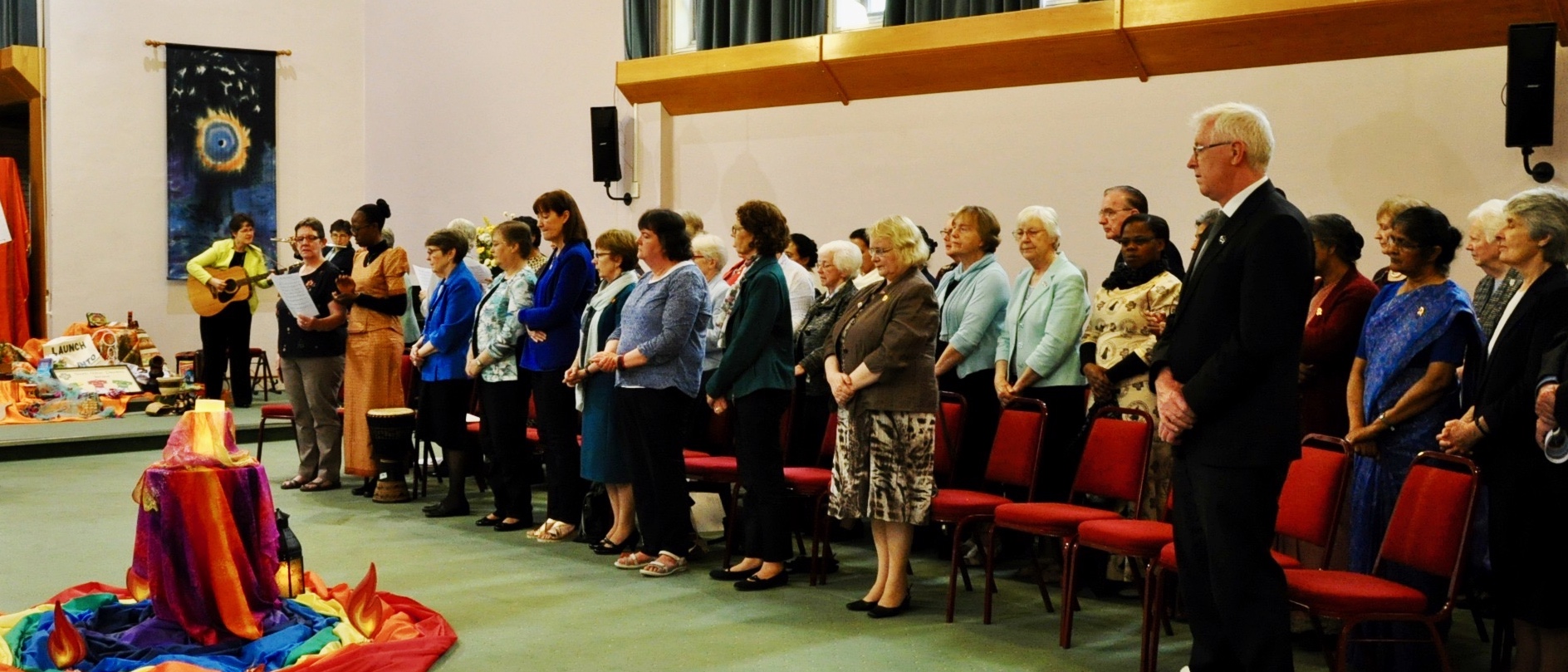North Main street/South Main Street form the central axis of the medieval walled city of Cork. At the ends of the laneways leading off the main streets are the remains of the city walls. In Nano’s time the walls had fallen into disrepair and were being taken down to allow for the expansion of the city east and west into the marshes which the city its name: corcach.
We are in the Middle Parish of the medieval city: the church building we passed a few metres back was the site of the church of St. Peter.
Here in front of us is Broad Lane, so called because it was twice the width of the narrow lanes which led off the main street. It was said of Nano that there was not a garret in Cork that she had not visited: these garrets would have been found in the poor housing in the laneways.
The Franciscan church here was built in the 1950s, replacing a former Franciscan church known to the locals as Broad Lane Church. At the rear of this church there is a shrine dedicated t Nano and to her work for the education of the poor of the city.
One of the most influential Franciscans in the story of Nano Nagle is Fr. Laurence Callanan (1739-1818). He studied at Louvain and returned to Cork in 1786; he was the ecclesiastical superior of the Ursulines in Cove Lane; he attended Nano in her last illness and, at the behest of Bishop Moylan he drew up the Constitutions for the Presentation Sisters. It was he who sanctioned the change of name from Charitable Instruction of the Sacred Heart to Presentation of the Blessed Virgin Mary.
It was in the vicinity of the church, near the junction of Gratten Street and Sheares Street that Nano had her fourth school. No traces of the older buildings remain; the most striking building in Gratten Street is the SHARE complex. SHARE is an initiative of the Presentation Brothers, especially Br Jerome Kelly; funding is raised each year by the post-primary pupils of the city schools to provide houses and services for elderly, homeless and poor of the city.
At Cross Street, opposite the front of the Franciscan Church, Nano suffered a haemorrhage on April 21st 1784. She was visiting a friend and having breakfast with her when she fell ill. Her friend encouraged her to return home but Nano replied, “What a coward you are! I have a good mind to go to the schools and walk it off as I am used to do!” But she collapsed again, and her friend accompanied her home to Cove Lane for the last time. There she died on April 26th 1784.
From here we cross Washington Street and make our way to Grand Parade via South Main Street. At the end of this street is South Gate Bridge, the site of another prison. On our way we pass the site of Christ Church; there has been a church here since the Vikings built one in the 8th century; the Normans replaced it and then the English built one. It is reputed that the Elizabethan poet, Edmund Spenser, married Elizabeth Boyle in the church here. Their son married one of the Nagles of Monaminy Castle in Killavullen.
Sr Emer Madigan, pbvm
